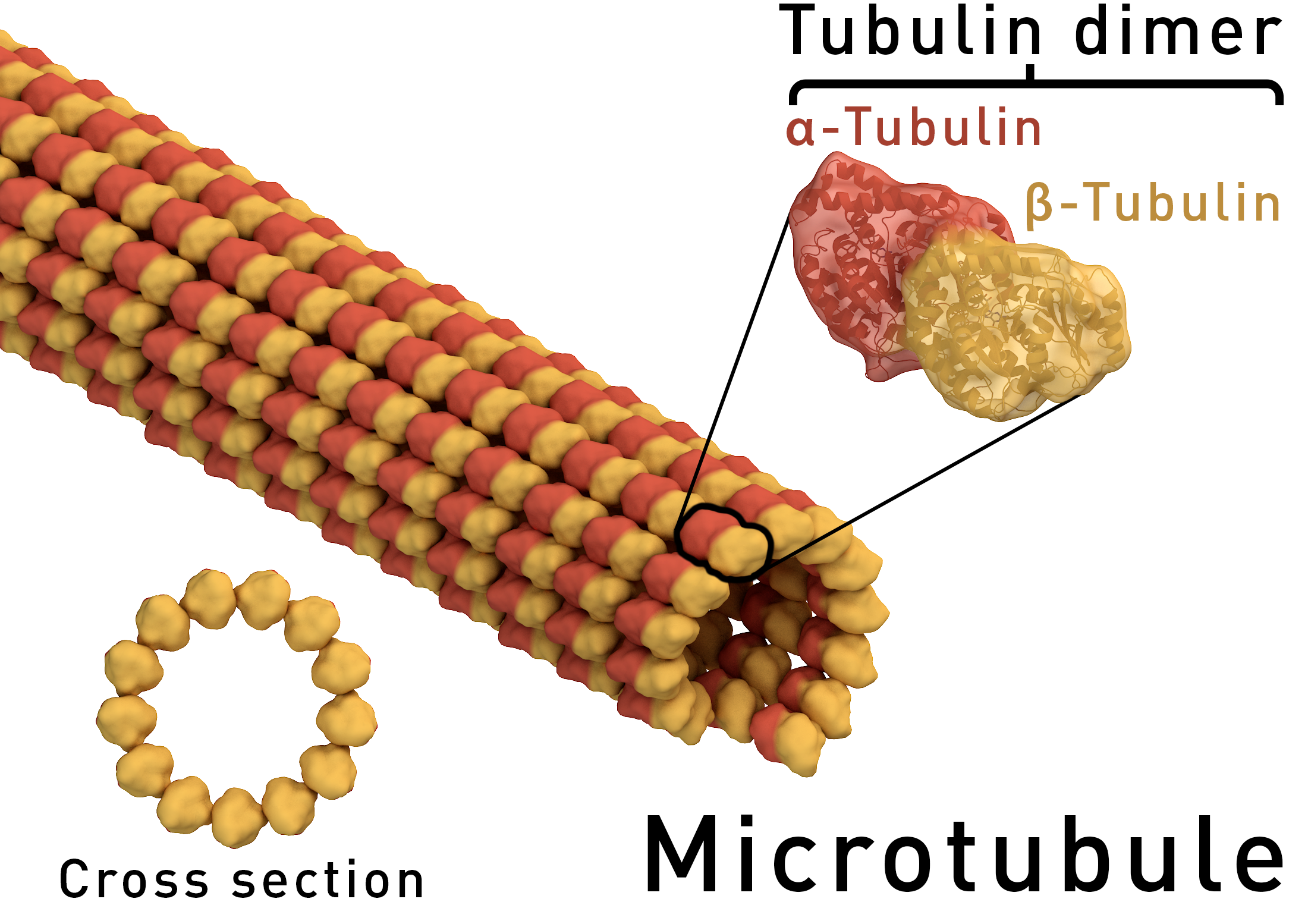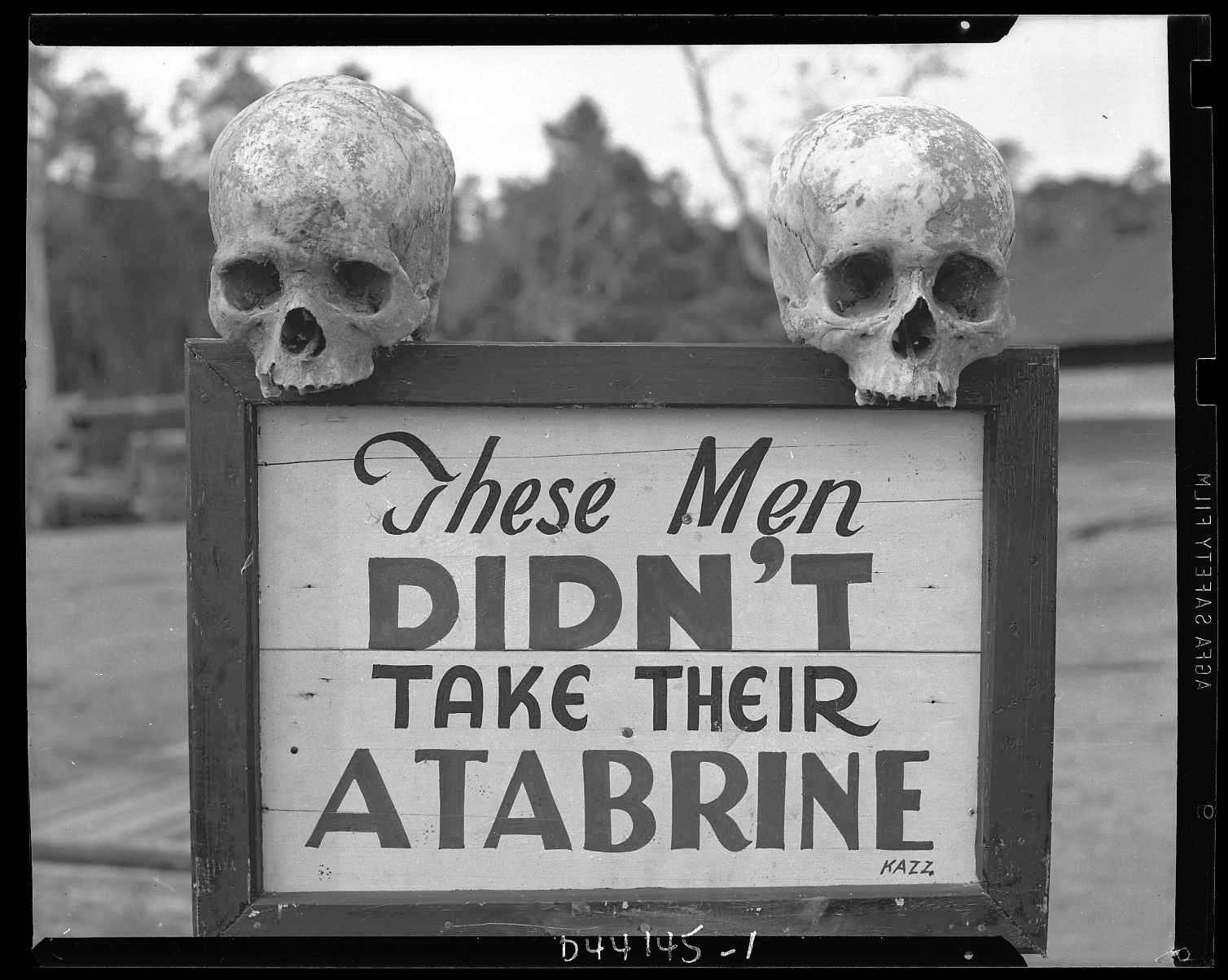|
Anticestodal
An anticestodal agent is a drug used in deworming to combat tapeworm infection. It derives its name from Cestoda. Examples include: * albendazole * albendazole sulfoxide * dichlorophen * niclosamide Niclosamide, sold under the brand name Niclocide among others, is an anthelmintic medication used to treat tapeworm infestations, including diphyllobothriasis, hymenolepiasis, and taeniasis. It is not effective against other worms such as flukes ... * quinacrine References See also * Taeniacide Antiparasitic agents {{antiinfective-drug-stub ... [...More Info...] [...Related Items...] OR: [Wikipedia] [Google] [Baidu] |
Dichlorophen
Dichlorophen is an anticestodal agent, fungicide, germicide, and antimicrobial agent.Milne, G.W.A. (Ed.). (2005). ''Gardner's commercially important chemicals: Synonyms, trade names, and properties.'' Hoboken, N.J.: Wiley-InterscienceGoogle Books/ref> It is used in combination with toluene for the removal of parasites such as ascarids, hookworms, and tapeworms from dogs and cats. Safety and regulation LD50 In toxicology, the median lethal dose, LD50 (abbreviation for "lethal dose, 50%"), LC50 (lethal concentration, 50%) or LCt50 is a toxic unit that measures the lethal dose of a toxin, radiation, or pathogen. The value of LD50 for a substance is the ... (oral, mouse) is 3300 mg/kg. References Antiparasitic agents Chloroarenes Phenols Veterinary drugs {{antiinfective-drug-stub ... [...More Info...] [...Related Items...] OR: [Wikipedia] [Google] [Baidu] |
Deworming
Deworming (sometimes known as worming, drenching or dehelmintization) is the giving of an anthelmintic drug (a wormer, dewormer, or drench) to a human or animals to rid them of helminths parasites, such as roundworm, flukes and tapeworm. Purge dewormers for use in livestock can be formulated as a feed supplement that is eaten, a paste or gel that is deposited at the back of the animal's mouth, a liquid drench given orally, an injectable, or as a pour-on which can be applied to the animal's topline. In dogs and cats, purge dewormers come in many forms including a granular form to be added to food, pill form, chew tablets, and liquid suspensions. Animals Large animal Horses are most often dewormed with a paste or gel placed on the back of the animal's mouth via a dosing syringe; feed dewormers are also used, both single-dose varieties and in a daily, "continuous" feed form. Deworming (drenching) a sheep is usually done with a specific drenching gun that squirts an anthelmi ... [...More Info...] [...Related Items...] OR: [Wikipedia] [Google] [Baidu] |
Tapeworm Infection
Eucestoda, commonly referred to as tapeworms, is the larger of the two subclasses of flatworms in the class Cestoda (the other subclass is Cestodaria). Larvae have six posterior hooks on the scolex (head), in contrast to the ten-hooked Cestodaria. All tapeworms are endoparasites of vertebrates, living in the digestive tract or related ducts. Examples are the pork tapeworm (''Taenia solium'') with a human definitive host, and pigs as the secondary host, and ''Moniezia expansa'', the definitive hosts of which are ruminants. Body structure Adult Eucestoda have a white-opaque dorso-ventrally flattened appearance, and are elongated, ranging in length from a few millimeters to 25 meters. Almost all members, except members of the orders Caryophyllidea and Spathebothriidea, are polyzoic with repeated sets of reproductive organs down the body length, and almost all members, except members of the order Dioecocestidae, are protandral hermaphrodites. Most except caryophyllideans consist ... [...More Info...] [...Related Items...] OR: [Wikipedia] [Google] [Baidu] |
Cestoda
Cestoda is a class of parasitic worms in the flatworm phylum (Platyhelminthes). Most of the species—and the best-known—are those in the subclass Eucestoda; they are ribbon-like worms as adults, known as tapeworms. Their bodies consist of many similar units known as proglottids—essentially packages of eggs which are regularly shed into the environment to infect other organisms. Species of the other subclass, Cestodaria, are mainly fish infecting parasites. All cestodes are parasitic; many have complex life histories, including a stage in a definitive (main) host in which the adults grow and reproduce, often for years, and one or two intermediate stages in which the larvae develop in other hosts. Typically the adults live in the digestive tracts of vertebrates, while the larvae often live in the bodies of other animals, either vertebrates or invertebrates. For example, '' Diphyllobothrium'' has at least two intermediate hosts, a crustacean and then one or more freshwater fi ... [...More Info...] [...Related Items...] OR: [Wikipedia] [Google] [Baidu] |
Albendazole
Albendazole (also known as albendazolum) is a broad-spectrum anthelmintic and antiprotozoal agent of the benzimidazole type. It is used for the treatment of a variety of intestinal parasite infections, including ascariasis, pinworm infection, hookworm infection, trichuriasis, strongyloidiasis, taeniasis, clonorchiasis, opisthorchiasis, cutaneous larva migrans, giardiasis, and gnathostomiasis, among other diseases. Common side effects include nausea, abdominal pain, and headache. Rare but potentially serious side effects include bone marrow suppression which usually improves on discontinuing the medication. Liver inflammation has been reported and those with prior liver problems are at greater risk. It is pregnancy category C in the United States and category D in Australia, meaning it may cause harm if taken by pregnant women. Albendazole was developed in 1975. It is on the World Health Organization's List of Essential Medicines. Medical uses Albendazole is an effective tr ... [...More Info...] [...Related Items...] OR: [Wikipedia] [Google] [Baidu] |
Albendazole Sulfoxide
Albendazole (also known as albendazolum) is a broad-spectrum anthelmintic and antiprotozoal agent of the benzimidazole type. It is used for the treatment of a variety of intestinal parasite infections, including ascariasis, pinworm infection, hookworm infection, trichuriasis, strongyloidiasis, taeniasis, clonorchiasis, opisthorchiasis, cutaneous larva migrans, giardiasis, and gnathostomiasis, among other diseases. Common side effects include nausea, abdominal pain, and headache. Rare but potentially serious side effects include bone marrow suppression which usually improves on discontinuing the medication. Liver inflammation has been reported and those with prior liver problems are at greater risk. It is pregnancy category C in the United States and category D in Australia, meaning it may cause harm if taken by pregnant women. Albendazole was developed in 1975. It is on the World Health Organization's List of Essential Medicines. Medical uses Albendazole is an e ... [...More Info...] [...Related Items...] OR: [Wikipedia] [Google] [Baidu] |
Niclosamide
Niclosamide, sold under the brand name Niclocide among others, is an anthelmintic medication used to treat tapeworm infestations, including diphyllobothriasis, hymenolepiasis, and taeniasis. It is not effective against other worms such as flukes or roundworms. It is taken by mouth. Side effects include nausea, vomiting, abdominal pain, and itchiness. It may be used during pregnancy. It works by blocking glucose uptake and oxidative phosphorylation by the worm. Niclosamide was first synthesized in 1958. It is on the World Health Organization's List of Essential Medicines. Niclosamide is not available for human use in the United States. Side effects Side effects include nausea, vomiting, abdominal pain, constipation, and itchiness. Rarely, dizziness, skin rash, drowsiness, perianal itching, or an unpleasant taste occur. For some of these reasons, praziquantel is a preferable and equally effective treatment for tapeworm infestation. Important Note: Niclosamide kills the pork tap ... [...More Info...] [...Related Items...] OR: [Wikipedia] [Google] [Baidu] |
Quinacrine
Mepacrine, also called quinacrine or by the trade name Atabrine, is a medication with several uses. It is related to chloroquine and mefloquine. Although formerly available from compounding pharmacies, as of August 2020 it is unavailable in the United States. Medical uses The main uses of mepacrine are as an antiprotozoal, antirheumatic, and an intrapleural sclerosing agent. Possible reasons for the lack of an ''in vivo effect'' include inefficient penetration of the blood–brain barrier, as well as the existence of drug-resistant prion proteins that increase in number when selected for by treatment with mepacrine. Non-surgical sterilization for women The use of mepacrine for non-surgical sterilization for women has also been studied. The first report of this method claimed a first year failure rate of 3.1%. However, despite a multitude of clinical studies on the use of mepacrine and female sterilization, no randomized, controlled trials have been reported to date and ther ... [...More Info...] [...Related Items...] OR: [Wikipedia] [Google] [Baidu] |
Taeniacide
A taeniacide is a substance that kills tapeworms. This makes it a class of antihelminthic agents. It gets its name from the genus Taenia. Examples Natural taeniacides include pumpkin seed, cucumber and pomegranate. Some synthetic taeniacides include diatrizoic acid, praziquantel, bunamidine and niclosamide. See also * Anticestodal agent An anticestodal agent is a drug used in deworming to combat tapeworm infection. It derives its name from Cestoda. Examples include: * albendazole * albendazole sulfoxide * dichlorophen * niclosamide * quinacrine Mepacrine, also called quinacr ... References External links * Anthelmintics {{antiinfective-drug-stub ... [...More Info...] [...Related Items...] OR: [Wikipedia] [Google] [Baidu] |




